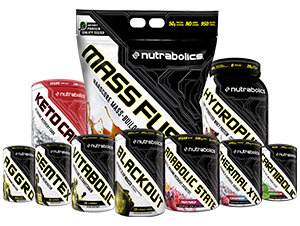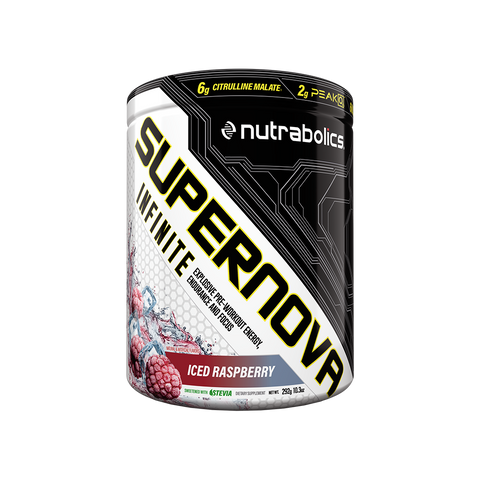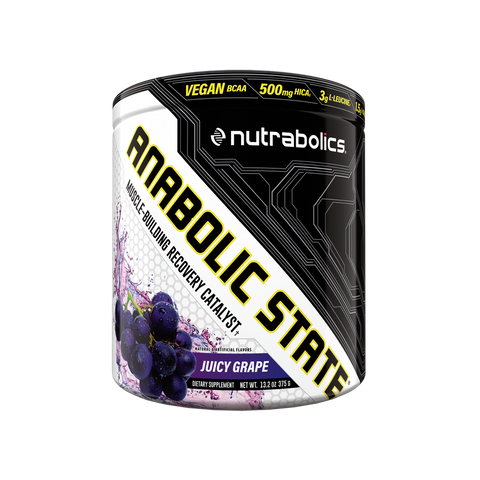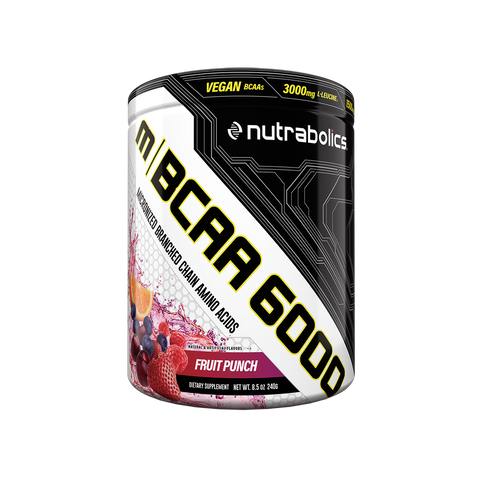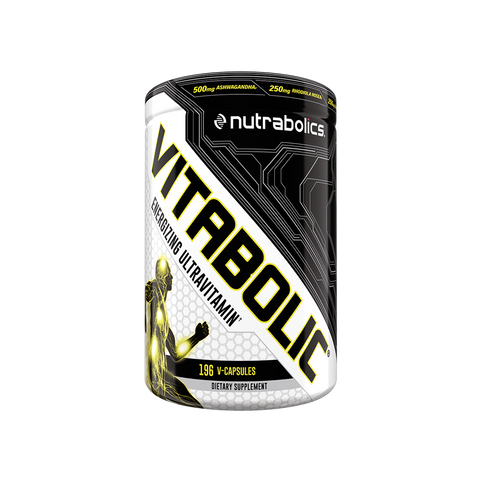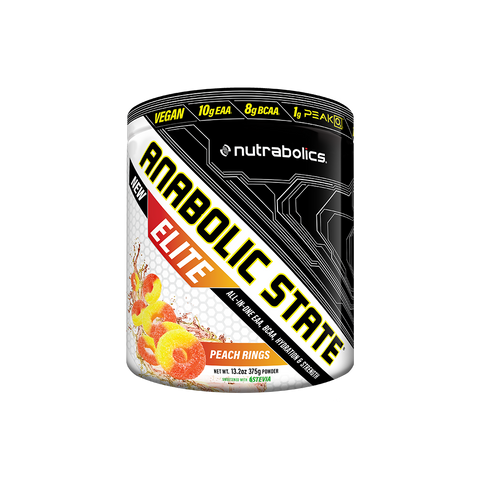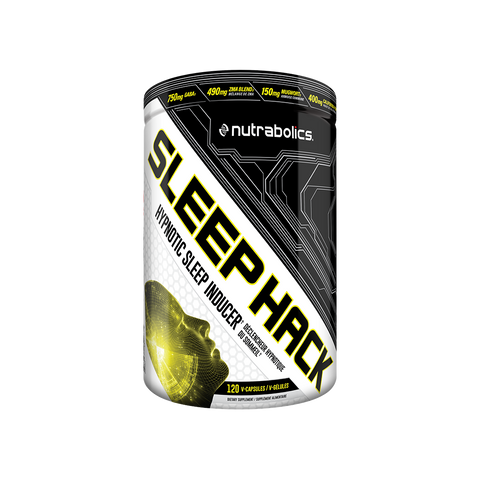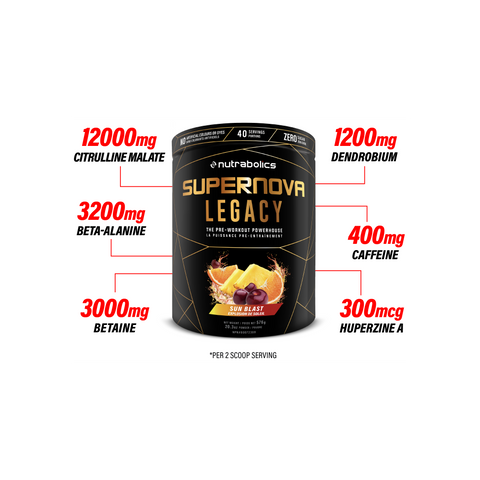By Krysten Maier
CrossFit is the true test of fitness – and of one’s capabilities in life. Everyone has their own interpretation of this term “fitness.” Runners are dedicated to distance, powerlifters are obsessed with upping their weight limits, and bodybuilders are zeroed in on muscle aesthetics. Each of these sports produce impressive athletes, but they are so closed off to other training options that their view of fitness is dangerously narrow. They’re running and lifting with blinders on – not a good combination. True success in fitness involves more than the monotonous practice of skills that have already been mastered. CrossFit has dismantled and reassembled the fitness industry to create something real and unconventional – true fitness.
Silencing the Haters
 There are many people who have a problem with CrossFit. Bodybuilders are not the first to have an aversion to the sport and they probably won’t be the last. Stereotypes like those damn butterfly pull-ups (what are those anyway?) have scared off a number of exercise enthusiasts. But are the fears legitimate, or are people just intimidated by the unknown?
There are many people who have a problem with CrossFit. Bodybuilders are not the first to have an aversion to the sport and they probably won’t be the last. Stereotypes like those damn butterfly pull-ups (what are those anyway?) have scared off a number of exercise enthusiasts. But are the fears legitimate, or are people just intimidated by the unknown?
Butterfly pull-ups are highly disliked by critics, whose arguments against the movement are often illogical and portray their lack of knowledge in the area. This type of pull-up is notorious for its full-body swing that makes pull-ups easier and faster. Hanging from a bar, the athlete brings their shoulders and hips forward, then tightens their core and quickly brings their shoulders and hips back. Tension is kept in the body at all times in order to make the movement smooth and snappy. This creates a ton of force which is then transferred into a pull, allowing the athlete to easily get their chin over the bar. Many consider this type of pull-up as a means to an end – an unnecessary movement used to coddle athletes who can’t perform strict pull-ups. But nothing could be further from the truth.
It is not uncommon to see one-hundred pull-ups programmed in one CrossFit workout. One – hundred. It is also not possible for all of those pull-ups to be done strictly, nor is that the intention. By performing more of a movement at a faster rate, the heart begins to beat quicker and the athlete gets winded. A movement that was once a strength-building exercise has now become aerobic, thereby completely changing the perception that pull-ups are exclusively a strengthening exercise. Not only is this view narrow-minded, but opportunities for advancement in other areas are lost. In a strict pull-up, it is mainly the shoulders and arms that are being used. In a kipping pull-up, the core is heavily engaged, as are the glutes, in order to initiate and control the body’s swing. This also trains an individual’s sense of proprioception (the ability to be aware of and control one’s body in space). Thus, the whole body and neurological system is activated rather than only the arms, producing multiple benefits as opposed to one. Still want to say that kipping pull-ups don’t count? Neither do half-reps, bro.
Brains Behind The Movement
Founder Greg Glassman, former athlete and college drop-out, is the last person expected to have come up with this revolutionary way of training. He is certainly not the image of fitness seen plastered on magazines and gym ads. Old jeans, a t-shirt, and gray hair tucked under a backwards baseball cap are what define Glassman. He is a simple, unconventional, eccentric man, as is the sport he invented.
His solution to the nation’s health problems involved making fitness a part of everyday life. According to his philosophy, going to the gym, hitting a hard workout, then going home to eat Oreos is not fitness. Similarly, bicep curls and calf raises offer no carry-over potential to everyday activities. Glassman believed in an all or nothing approach. If a movement didn’t improve a common, everyday occurrence, it wasn’t worth doing.

Making Sweat Angels
The intensity of CrossFit is no joking matter. There are no opportunities for checking phones, text messaging, or admiring gains in the mirror. To get the most out of a workout, athletes must make a conscious effort to give their all and fitness has not been achieved until there are sweat angels on the floor (similar to chalk outlines at a police scene). These sweat-soaked stains are accomplished through brutal, sadistic workouts that test the limits of an athlete’s physical capabilities.
A popular workout done in CrossFit boxes all over the world is “Fran.” This workout is simple. Repetitions of 21, 15, and 9 are done of thrusters and pull-ups as fast and efficiently as possible. For those unfamiliar with a thruster, thank your lucky stars. This movement is initiated by a front squat, then the barbell is thrust overhead on the ascent to complete the movement at full leg, hip, and arm extension. It utilizes the athlete’s entire body and is pure torture. Frequently cursed, it will elicit groans from any athlete and get the heart pumping in the first few reps.
Typically, athletes will finish “Fran” in under 10 minutes. Elite athletes finish it in less than 2. To a newcomer, this may not seem like a very long workout and it’s not. However, that doesn’t make it any less beneficial. While “Fran” is a short-lived phenomenon, it still manages to increase one’s heart rate to an alarming extent. This produces benefits that may be reaped long after the workout is over. Achieving such a high heart rate during a workout triggers the “afterburn effect.” This involves the body’s continual burn of calories for hours after the workout is over. Thus, Bodybuilders finish their two-hour workout completely dry, while the Crossfitter is drenched in sweat after two minutes and then proceeds to burn an insane amount of calories in their sleep. Work smarter folks, not harder.

Don’t Get Too Comfortable
Contrary to a Bodybuilder’s meticulously planned routine, CrossFit workouts shun routine altogether. Far too often, competitors fall into a rut. They find what works and stick with it, enjoying the pump and the results they’re getting. However, after a while they start to notice that they aren’t gaining as much from workouts as they used to. They’ve hit a plateau. This is a common sign of overtraining and, if ignored, could lead to injury. Variety keeps CrossFit athletes strong and competition-ready all year round.
If an athlete or coach is not changing their training schedule every so often, something is seriously wrong. When used over and over again in the same way, muscles, tendons, and ligaments become very worn and stiff, limiting range of motion severely and eventually leading to injury. As bodybuilders often use isolation movements in their training, this point should be taken seriously. On the flip side, CrossFit athletes avoid this pitfall entirely. Different movements are employed to work different muscles and are rarely repeated more than once a week. Rest days are taken when needed, and deload weeks are programmed regularly to allow the athlete’s system to reset. This variety and balance between work and rest is incredibly important for improved performance, and allows CrossFit athletes to be primed and ready to go at a moment’s notice. No one has time to waste waiting for an injury to heal.
Modern Day Superheroes
 The variance that CrossFit implements is meant to build the ultimate athlete: a superhuman prepared for anything, adding to their arsenal each day. If Superman showed up to save Metropolis with a single expertise, what good would he be? Similarly, when a CrossFit athlete steps into competition, or any situation for that matter, they are ready for whatever is thrown at them.
The variance that CrossFit implements is meant to build the ultimate athlete: a superhuman prepared for anything, adding to their arsenal each day. If Superman showed up to save Metropolis with a single expertise, what good would he be? Similarly, when a CrossFit athlete steps into competition, or any situation for that matter, they are ready for whatever is thrown at them.
CrossFit athletes possess tremendous strength, exceptional cardiovascular abilities, and lean bodies, all at the same time. This unique blend of strengths is due to their use of mixed modal training - the use of different types of movements in a single training program. Many sports utilize this method, such as triathletes, Spartan racers, and more. But CrossFit is arguably more diverse in its training than any other sport. These athletes can hit a max back squat, go run a mile, come back for a max bench, then knock out a set of 50 pull-ups. All while shirtless, showing off their set of six-pack abs. Sure, a bodybuilder could lift a car off of a human, but could they also carry children out of a burning building without getting winded? No? Perhaps Mr. Bodybuilder needs a sidekick.
However, even super humans need help from outside sources at times. Protein powders and BCAAs are a staple in almost every athlete’s gym bag, helping them get through long training sessions and continuing to build muscle during their rest periods. Nutrabolic’s Hydropure and Anabolic State satisfy the supplementary needs of these athletes. For example, Hydropure Whey Protein is high in protein, low in carbohydrates, and contains zero fat, perfect for supporting lean, hard-earned gains. Anabolic State aids in recovery. The amino acids this product contains, including HICA (a muscle building catalyst), promote muscle growth and reduce soreness, making it easier to train again the next day and save a city the day after that.
Do You Dare?
 CrossFit is intense, and sometimes scary. But isn’t that life? Everyday, difficult situations present themselves regardless of an individual’s ability to endure them. By practicing something difficult everyday, that same person will be better able to handle arduous tasks in life. Intense workouts may hurt like hell, but the grit and mental strength they produce is unmatched by any other training regimen. And even though those kipping pull-ups may seem like cheating, it’d sure be helpful to have an easier way to pull one’s bodyweight if, say, one was hanging far above ground. It is undeniable that Bodybuilding produces impressive specimens, with biceps the size of watermelons. But until a bodybuilder goes through a CrossFit workout, their fitness has only been tested from one angle. They just might have to give those damn butterfly pull-ups a try. Only then can they say they’ve experienced the dynamic fitness of CrossFit which hardens athletes for both physical competition and for life.
CrossFit is intense, and sometimes scary. But isn’t that life? Everyday, difficult situations present themselves regardless of an individual’s ability to endure them. By practicing something difficult everyday, that same person will be better able to handle arduous tasks in life. Intense workouts may hurt like hell, but the grit and mental strength they produce is unmatched by any other training regimen. And even though those kipping pull-ups may seem like cheating, it’d sure be helpful to have an easier way to pull one’s bodyweight if, say, one was hanging far above ground. It is undeniable that Bodybuilding produces impressive specimens, with biceps the size of watermelons. But until a bodybuilder goes through a CrossFit workout, their fitness has only been tested from one angle. They just might have to give those damn butterfly pull-ups a try. Only then can they say they’ve experienced the dynamic fitness of CrossFit which hardens athletes for both physical competition and for life.
